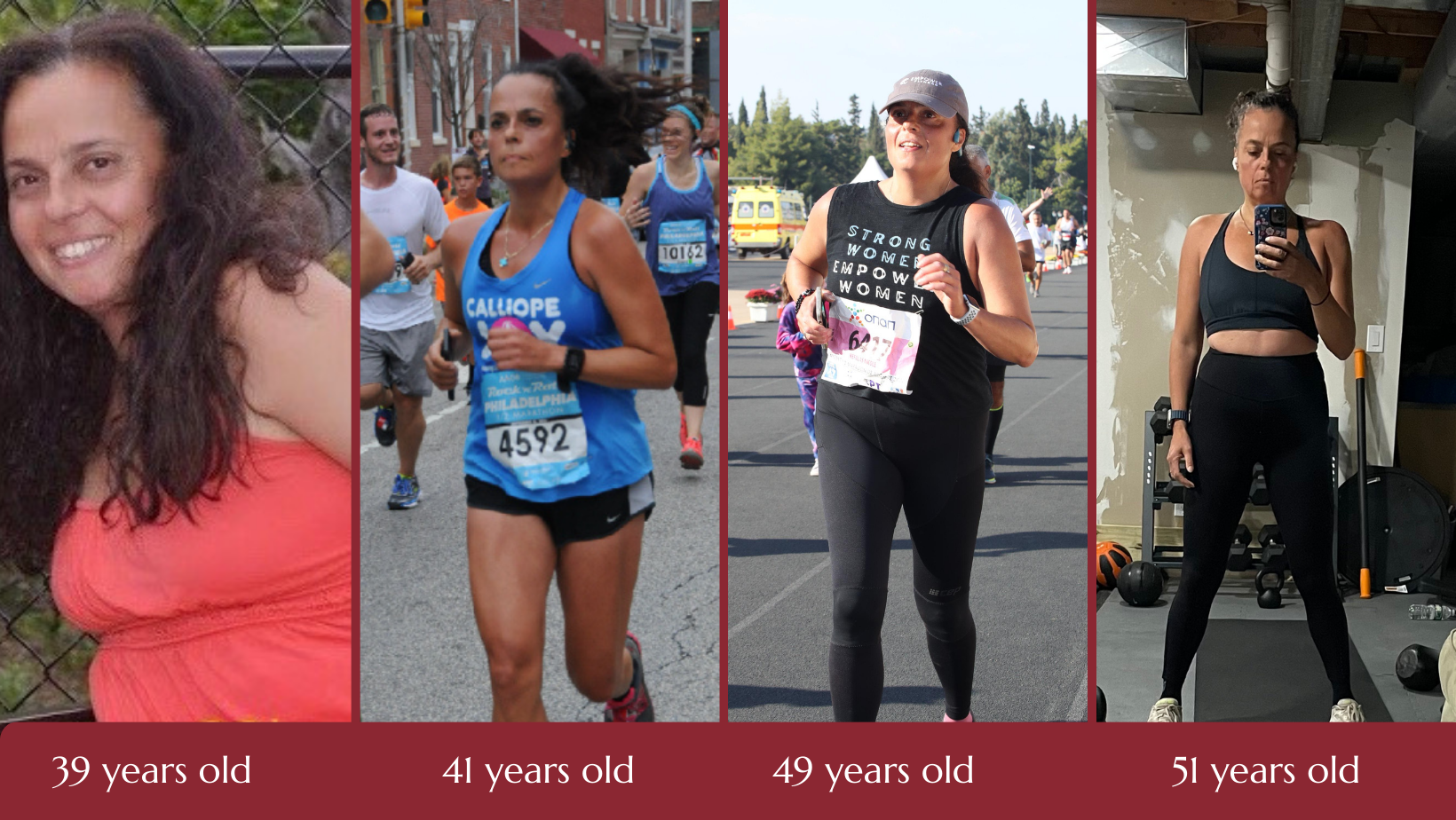Discover how a seasoned pro rethinks fitness and nutrition during perimenopause, embracing a holistic journey with global insights
Introduction
As a fitness professional who grew up with the modern fitness industry, born in the 1970s, I followed its evolving advice closely. However, during my perimenopause, I discovered that traditional fitness and nutrition advice made my symptoms worse: hair loss, belly fat, chronic pain, exhaustion, and brain fog. This led me to seek a holistic approach to health and wellness.
The Turning Point
One morning, while running along Boston’s scenic Charles River, I felt unusually tired; my legs were heavy, and I experienced severe chest pains. I was a spin instructor taking a break from teaching classes. Initially fearing a heart attack, I later found out these were symptoms of pleurisy related to my lupus. It was clear; my body was reacting negatively to my fitness routine.
Professional Guidance and Misdirection
When I noticed my symptoms aligning with my menstrual cycle, I sought advice from several specialists. Initially, they recommended increasing my workout intensity. However, once they understood the extent of my existing exercise regimen, they suggested anti-anxiety medication instead, which I chose not to pursue. Faced with the need for an alternative solution, I recalled a principle from my spin instructor certification. The founder of the certification company advocated against riding if his resting heart rate was elevated in the morning—a guideline that wasn’t followed in the gym setting where I taught. This discrepancy made me reconsider how we applied these health principles differently in practice.
Global Insights and Ancestral Wisdom
Disappointed with the standard advice, I traveled worldwide, exploring how different cultures handle fitness and diet. I also revisited the lifestyles of my immigrant ancestors. My journey highlighted a stark contrast to American extremes in fitness and diet, like completely cutting out fats or sugars and endorsing excessive workouts.
Holistic Wellness: Lessons Learned
As the founder of Empower Fitness, I embraced a holistic approach, focusing on:
- Emphasizing Nutrient-Rich Foods: Instead of eliminating food groups, I aimed for a balanced diet.
- Tailored Exercise Regimens: I redesigned my workouts to support emotional well-being and physical strength, avoiding excessive strain.
- Listening to My Body: I adopted practices that felt genuinely beneficial, moving away from trendy diets and grueling routines.
Conclusion: A Call for a Balanced Approach
This experience underscored the importance of adapting health practices to meet personal needs, especially as we age. The fitness industry needs to evolve to support the unique challenges faced by aging adults, particularly women experiencing perimenopause. By integrating traditional wisdom with modern science, we can achieve a more balanced approach to wellness.


0 Comments